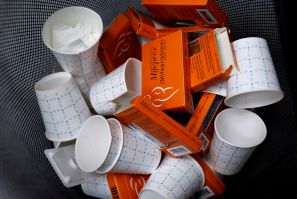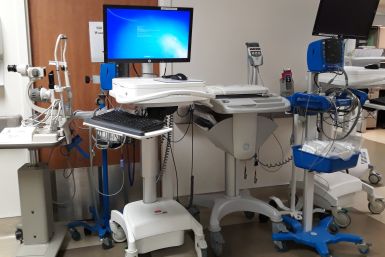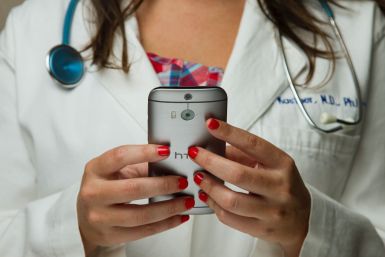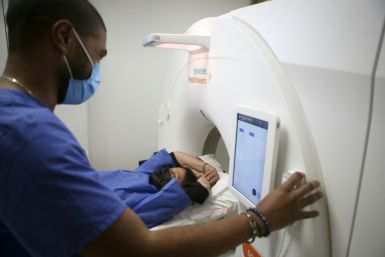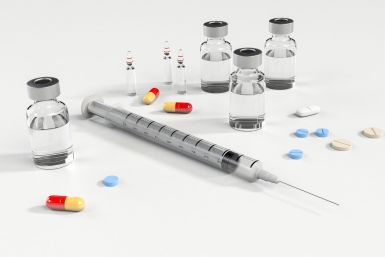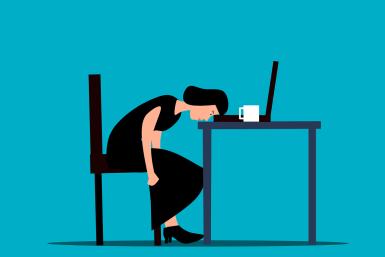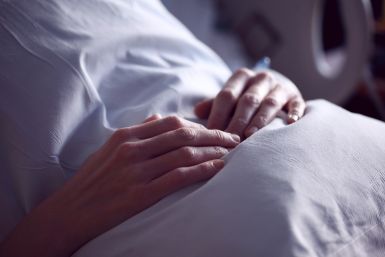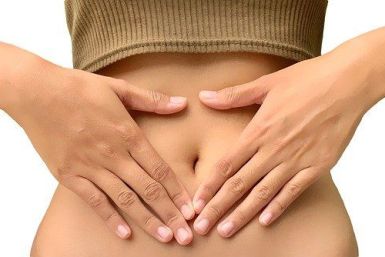This guide will provide insights on selecting the ideal travel nurse agency that meets your unique needs.
To find out how a small country like Greece ends up competing in the medical service sector and how Americans take advantage of it, International Business Times spoke with Dr. George Patoulis, president of the Athens Medical Association and Elitour, the Greek Health Tourism Council.
As SHL Telemedicine embarks on this ambitious expansion, the health care industry watches with keen interest.
New Delhi's ambitions of turning India into a manufacturing hub also include bolstering its capabilities in the medical devices sector as well.
Finding a permanent solution for the drug shortages we're facing in America first means getting to the heart of the matter.
Elon Musk has told people he is taking small doses of ketamine to treat depression, a report claims.
While millions are being saved by early detection, millions still are impacted by medicine's current inability to successfully, consistently, and accurately provide early diagnoses for cancer.
Acetaminophen is one of the most frequently banned or restricted drugs in the world.
Researchers captured the "highest-resolution" scans of a mouse brain.
It's 1.5 times more effective than the usual care for mental health conditions, researchers say.
The longstanding stigma and problematic stereotypes tied to marijuana have been progressively dismantled by decriminalizing its use in some countries. Here is a list of marijuana's health effects — the good and the bad.
"(T)his may be in part how they work — they take away some of the emotional pain...but, unfortunately, it seems that they also take away some of the enjoyment.": study senior author.
Some of the adverse events were said to have been preventable.
Without immediate CPR and defibrillation, the prognosis of commotio cordis is not very good, a study suggests.
Regulatory approval for donor-derived microbiome therapy has been awarded to BiomeBank, in Adelaide, the first company in the world to receive such an honor
The results were obtained with a single dose and showed improvement in tough-to-treat depression.
What are some of the potentially concerning chemicals that may be present in cosmetic products we use?
The researchers saw a 31% decline from 2013 to 2018.
Americans are less confident that the COVID-19 pandemic will ever end.
Clinical research has evolved enormously in the last decade, not only in the increase in the number of Clinical Trials but also in its complexity. The number of inclusion/exclusion criteria has increased by approximately 60%, and the number of variables to be studied in the trials by approximately 89%. This increase in complexity translates into an increase in the cost associated with the studies and questions about their sustainability.




